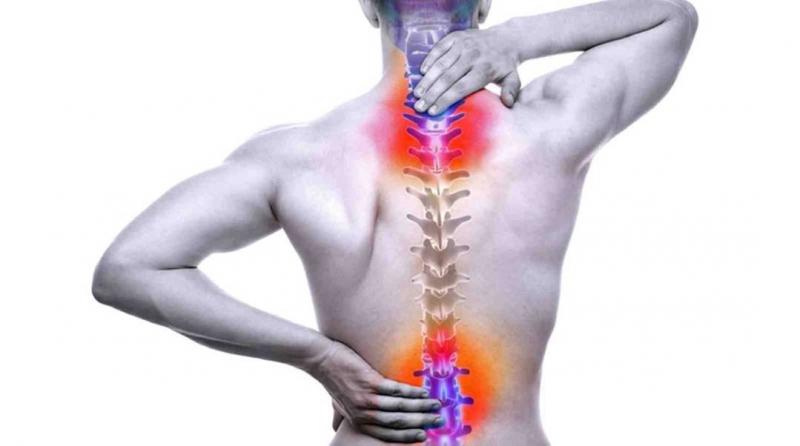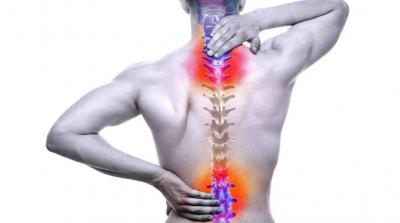Researchers at the University of Washington have developed a groundbreaking treatment for individuals suffering from spinal cord injuries, which is expected to allow some patients to regain use of their hands and arms.
The researchers stated that approximately 18,000 Americans suffer from spinal cord injuries each year, leaving many unable to use their hands and arms. Without the ability to use their hands and arms, they are unable to perform daily tasks such as eating, grooming, or drinking water without assistance from others. Reportedly, this new treatment developed at the University of Washington combines physical therapy with non-invasive stimulation of the neurons in the spinal cord, and the team was able to help six participants in the Seattle area regain some function in their hands and arms.
The researchers explained that the restored movement functions in study participants continued to improve during the period between 3 to 6 months after the treatment ended. The lead author of the study, Dr. Fatima Enani Shi, stated that such an immediate response from the first stimulation session was not anticipated at the beginning of the study. She noted that her experience showed there is a limit to how much individuals can recover, but the changes brought about by the treatment itself are extremely significant.
It is worth noting that the university team included researchers from the Neurotechnology Center, who combined stimulation techniques with standard physical therapy exercises. However, the stimulation they used did not require surgery, while some similar studies necessitate implanting a nerve stimulator to deliver electrical currents to the damaged spinal cord to stimulate it.
In contrast, this new therapeutic method developed by the university researchers employs small patches that adhere to the skin and resemble bandages; these patches are placed around the injured area at the back of the neck and work to deliver electrical pulses to the spinal cord. Notably, all participants in the study had sustained their injuries at least a year and a half before participating, with some unable to wiggle their fingers or thumb, while others had limited movement at the beginning of the study.
Additionally, participants were part of a five-month training program that included intensive physical therapy training three times a week, for two hours each session. The researchers mentioned that some participants regained some hand functions during training alone, but all observed significant improvements when combining stimulation with training.




